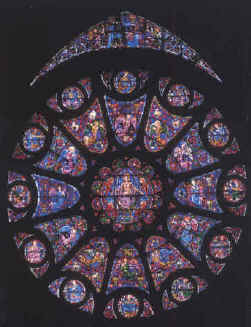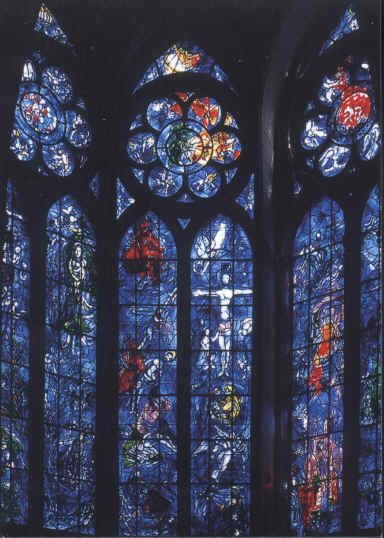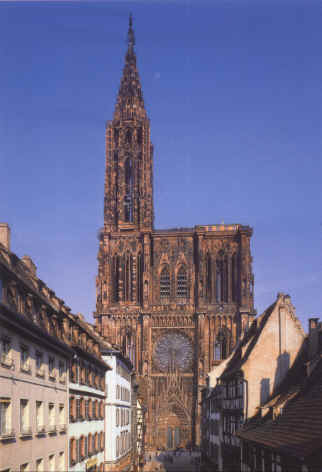Cathedrals of Northern France |
 |
| Planning your holiday around a theme can be
fun! My latest holiday in |
|
|
| A
cathedral’s presence does not prevent there being many other large
churches nearby.
In Laon, the great church |
|
|
 |
The cathedral of
|
| Notre Dame de Reims is an example of a
“balanced” style of architecture, like that of Notre Dame de
Paris--that is, with matching towers. This is uncommon among the older
buildings. Though not nearly as
large as the cathedral at Laon, Notre Dame de
Reims' spectacular windows can easily compare with those of |
 |
Strasbourg Cathedral was never completed, which is now part of its charm. Notice how it incorporates the local red brown stone. |
|
Throughout the French countryside you will find Romanesque churches and abbeys as well as Gothic--such as the one here in Rosheim.
|
|
|
St. Bernard founded Fontenay Abbey in 1188. It, too, is in on the UNESCO National Heritage list. The abbey was purposely left unadorned to avoid distracting the monks from prayer. One large room was the common bedroom for the monks. |
| Another church found on the UNESCO list is the Basilica of St. Mary Magdalen, Vezelay. The original building was founded in 858. The earliest part of its construction is Romanesque, while the later parts are Gothic: it has both rounded and pointed arches. |
|
Look at this wonderful town--Samur en Auxois! |
| This gargoyle was outside my hotel window
in |
|
Harriet H.
Ahouse | Independent Travel Consultant |